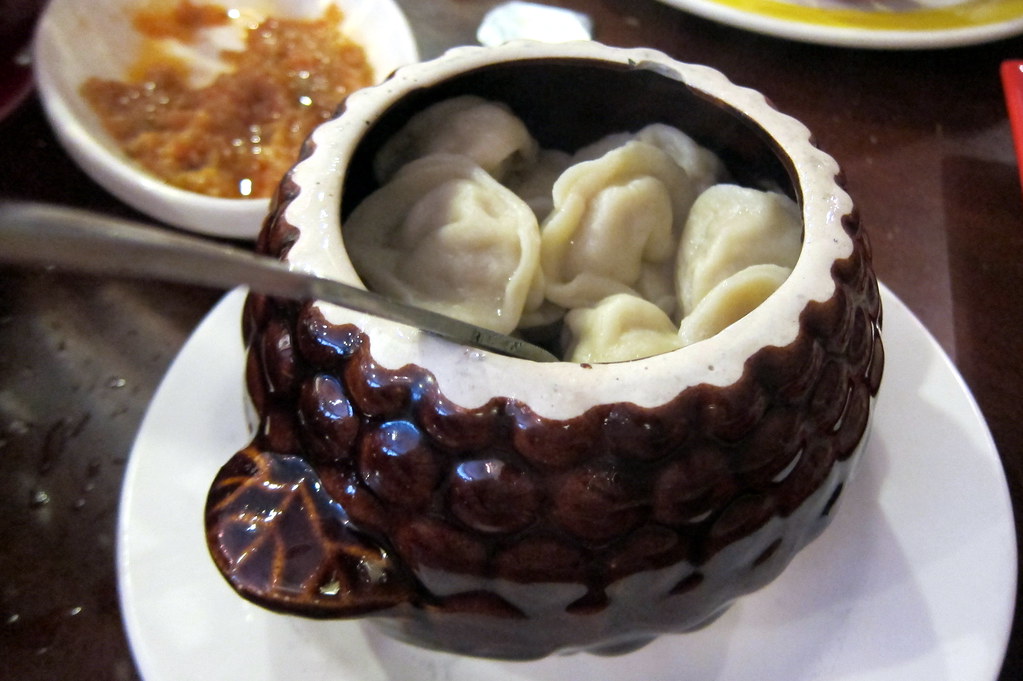
Food safety is essential to our culinary experiences, and understanding how long unrefrigerated foods remain safe is vital to preventing foodborne illness. Myths and misconceptions around food safety can lead to dangerous habits that might result in more than just a passing stomach ache, as symptoms of foodborne illnesses can develop hours, days, or even weeks after consuming contaminated food, not simply right after that last delicious meal you enjoyed.

1. **The Temperature Danger Zone**: This concept is a cornerstone of food safety. The danger zone, which exists between 40°F and 140°F, is where bacteria thrive and multiply at an alarming rate. Within this critical range, harmful microorganisms like Salmonella and E.coli can double their numbers in just 20 minutes, which highlights the urgency of minimizing the time food spends in this precarious zone.
2. **The Two-Hour Rule**: Cooked food should not remain in the danger zone for more than two hours. Beyond this timeframe, the risk of bacterial growth increases significantly, making the food unsafe to consume. If the ambient temperature is 90°F or above, the safe window shrinks to just one hour. This rule applies to all perishable foods, including meat, poultry, fish, eggs, dairy, and cooked or cut fruits and vegetables.

3. **Refrigerating Hot Foods**: Surprisingly, putting hot foods directly into the refrigerator can actually extend their cooling time, thus increasing the duration they linger in the danger zone. To combat this, cool foods down quickly by dividing them into smaller portions, using shallow containers, or immersing them in an ice bath before placing them in the fridge.

4. **Myth Busting: The Impact of Freezing and Microwaving**: It’s important to note that freezing doesn’t kill bacteria; it merely pauses their growth. Once thawed, these bacteria can reactivate. Likewise, while microwaving food seems like a quick fix, it isn’t the microwaves doing the sanitizing—it’s the heat generated that effectively eliminates bacteria. However, microwaves can heat food unevenly, potentially leaving cold spots where harmful bacteria may survive.

5. **The Fallacy of Visual and Olfactory Inspection**: Many believe that food is safe to eat if it looks and smells fine, which is a dangerous misconception. In truth, the bacteria that can lead to foodborne illnesses often don’t alter the smell or appearance of food. This is why it’s strongly advised to freeze or discard leftovers after 3-4 days, even if they appear perfectly acceptable.

6. **Handling Leftovers and the Importance of Proper Storage**: Prompt refrigeration of leftovers is key—ideally right after your meal. For food left out during social gatherings, ensure they are stored within a two-hour window. It’s essential to keep hot foods hot and cold foods cold to effectively prevent the growth of bacteria.

7. **The Misconception of the Five-Second Rule and Re-Washing Packaged Greens**: The ‘five-second rule’ is indeed a myth; food that falls on the floor can still carry harmful bacteria. Additionally, pre-packaged greens labeled as ‘triple washed’ or ‘ready-to-eat’ do not require further washing, as doing so might inadvertently introduce contaminants.

8. **Special Considerations for Vulnerable Populations**: Some groups, including infants, pregnant women, and individuals with compromised immune systems, are at a higher risk for foodborne illnesses. Foods that may be safe for the general population can pose significant risks to these vulnerable individuals, emphasizing the need for cautious food handling and preparation.

9. **Eggs and Egg Products**: Eggs are one of those staple ingredients found in almost every kitchen, and understanding how long they can safely sit out is essential. Whether you have fresh eggs, scrambled eggs, or even a delightful hard-boiled egg, leaving them unrefrigerated for more than two hours can pave the way for bacterial growth. The risk escalates in warmer environments, leading to potential foodborne illnesses. So, to keep your breakfasts and baking sessions safe, be sure to refrigerate your eggs promptly if they’ve been left out.

10. **Butter**: Butter might stand out among dairy products due to its ability to remain at room temperature for a little longer. Its durability stems from the low lactose levels and high saturated fat content. Still, despite its resilience, butter is best kept unrefrigerated for no longer than one to two days. After this window, the risk of spoilage increases. To keep your spreads deliciously safe, consider returning butter to the fridge after use, especially during hot weather.

11. **Soft and Hard Cheeses**: Cheese lovers, rejoice! Most cheeses, unlike other perishables, can withstand a brief stint outside the fridge. Hard cheeses, such as cheddar or Parmesan, can sit out for a few hours to reach optimal serving temperatures. However, soft cheeses like Brie or mozzarella are more susceptible to bacterial growth and should not be left out for more than two hours. Remember, while it’s tempting to leave that cheese board out a bit longer, safety should always come first.

12. **Cooked Food/Leftovers**: There’s nothing quite as comforting as a plate of leftovers, but they come with a safety note. Cooked foods should not be left at room temperature for more than two hours. This rule is a cornerstone for food safety, as bacteria like to thrive in the danger zone. Once you’ve had your fill, store leftovers promptly in the refrigerator to keep them safe for your next meal.

13. **Fresh Fruits and Vegetables**: These nutritional powerhouses also have their rules for safe consumption. While uncut, most fruits and vegetables can be kept safely at room temperature. However, once they’re sliced and diced, it’s essential to refrigerate them within a couple of hours to prevent bacterial growth. This ensures your salads, fruit bowls, and veggie platters remain as fresh and safe as they are delicious.

14. **Perishable Dips and Dressings**: Dips and creamy dressings can be the life of the party, but they require cautious handling. Creamy or mayonnaise-based dressings should be kept refrigerated and should not be left out for more than two hours. Once exposed to the danger zone, the risk of foodborne illness increases. So, ensure your dipping adventures are not only tasty but also safe by keeping them chilled.
15. **Bread and Pastries**: Unlike most perishables, bread, rolls, and pastries can handle a bit more exposure to room temperatures without becoming hazardous. However, keeping them wrapped and stored properly ensures they maintain their taste and texture. While they might not pose a significant safety risk if left out, quality might be compromised, so store them appropriately to enjoy their best flavors.

9. **Packaged and Ready-to-Eat Greens**: Greens that come pre-packaged and marked as ‘triple washed’ or ‘ready-to-eat’ are prepared with safety and convenience in mind. These products have gone through rigorous cleaning processes, so there’s no need to wash them again at home, which could potentially introduce new contaminants. Simply open the package and enjoy the ease they bring to your meals by serving them directly onto your plate.

10. By adhering to these food safety guidelines, you can fully enjoy your culinary adventures without the constant worry of foodborne illnesses. Whether you’re sharing a delightful meal with friends or savoring a quiet dinner by yourself, these insights provide reassurance that every bite is delicious and safe. Here’s to embracing the joy of cooking and dining, enriched by a sense of security and enjoyment!
Related posts:
Food poisoning: How long can you safely keep leftovers?
Here’s How Long Cooked Foods Can Stay Unrefrigerated, According to Food Safety Experts
Food Safety During Power Outage





